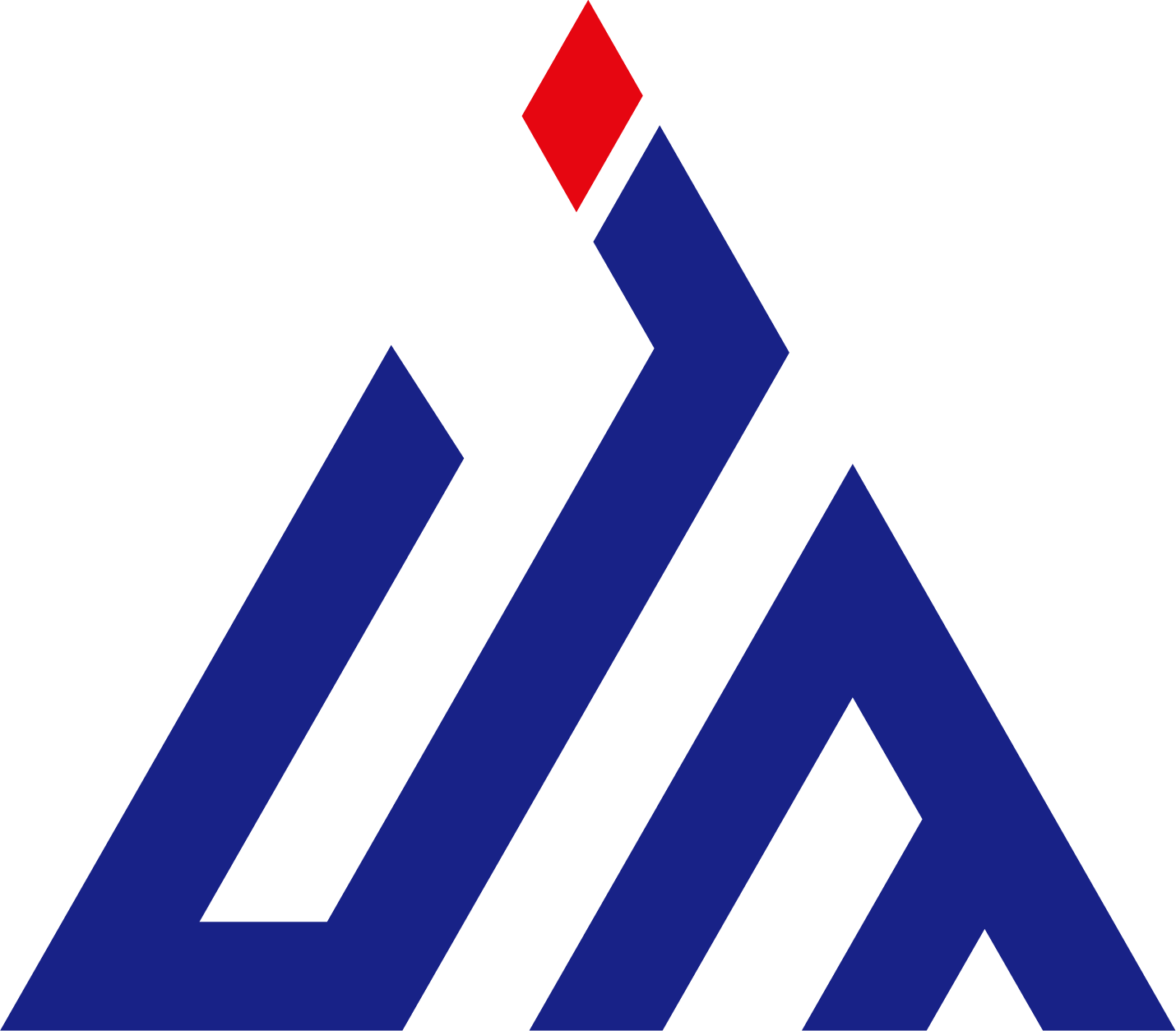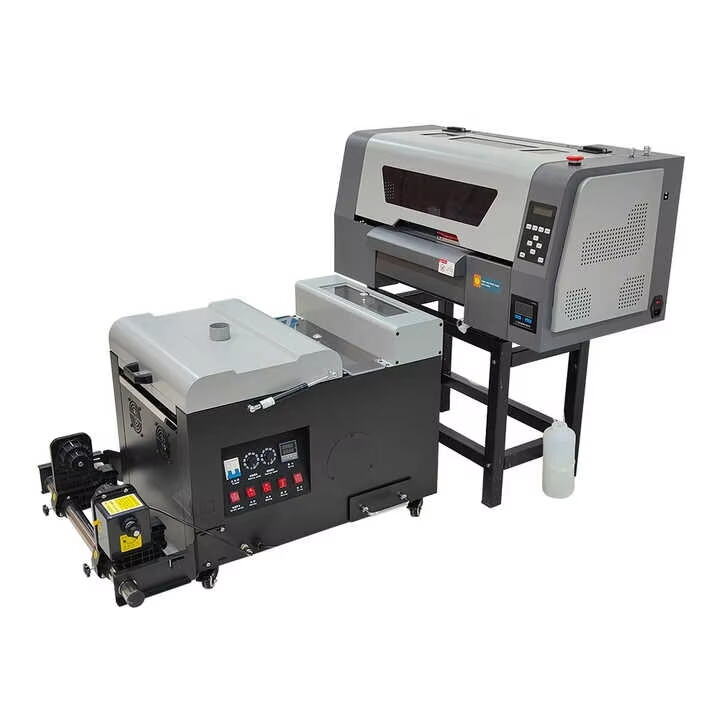Evaluating the Efficiency of DTF Printers
Print Speed and Throughput: How Fast Can DTF Operate?
DTF printers are known for their impressive print speeds, which vary depending on the model and settings. Most printers in the industry offer speeds ranging from 10 to 40 linear meters per hour. The top-tier models, such as the DTF 24H4, can reach up to 145 linear feet per hour, showcasing their robust throughput capabilities. However, the actual speed can be influenced by factors like printer settings and the complexity of the design. For instance, higher detail or larger print areas might slow down the process due to increased ink consumption and film coverage.
Material Versatility: Printing on Cotton, Polyester, and Beyond
DTF printers are celebrated for their material versatility, handling cotton, polyester, nylon, and synthetic blends with ease. This capability surpasses some traditional methods like Screen Printing. For example, companies using DTF technology report success in printing intricate designs on leather and ceramic, attesting to the process's adaptability. This versatility is a significant advantage for businesses aiming to offer diverse product lines without investing in multiple types of equipment for specialized materials.
Ease of Use: Streamlined Workflows for Small and Large Operations
Modern DTF printers are designed with user-friendly features that accommodate both small businesses and large-scale operations. Essential software integrations allow users to control settings seamlessly, optimizing workflow and reducing manual interventions. Simple interface designs and automation of complex processes enhance productivity by allowing quick adjustments and reducing downtime. A streamlined workflow ensures that users can maintain consistent output, thereby boosting efficiency and enabling a faster return on investment.
Key Factors Influencing DTF Printer Efficiency
Maintenance Requirements: Minimizing Downtime
Efficient maintenance practices are essential to ensure optimal performance of DTF printers. Regular cleaning protocols, including nozzle checks and printhead flushes, help in avoiding common issues like clogged nozzles. Implementing scheduled maintenance can significantly minimize downtime, which is crucial for maintaining productivity. Expert recommendations suggest performing maintenance checks on a weekly basis, especially in high-volume production environments, to prevent unexpected failures. Establishing a maintenance log can also help in tracking and managing the upkeep of the printer efficiently.
Ink Consumption Rates and Waste Reduction Strategies
Analyzing ink consumption rates is crucial for evaluating the cost-effectiveness of DTF printing. Generally, DTF printers consume ink at a higher rate compared to other technologies like DTG and screen printing, which can impact profitability. Strategies to minimize waste include optimizing print settings, such as adjusting ink density according to the substrate used. Utilizing ink recycling systems can further aid in reducing waste and conserving resources. A study within the printing industry highlighted that up to 30% of ink wastage can be mitigated with proper settings and recycling strategies, enhancing cost savings.
Impact of Film Quality on Print Consistency
Film quality directly influences print output and consistency, making it a crucial factor in DTF printing. High-quality films ensure vibrant colors and sharp details, whereas lower quality films may lead to fading and inconsistencies in print. Comparative research shows that premium films result in better durability and reduced long-term costs due to fewer reprints and adjustments needed. Investing in quality films is advisable to maintain high print standards and enhances customer satisfaction by delivering consistent results every time.
Comprehensive Cost Analysis of DTF Printing
Initial Investment: Printer, Curing Ovens, and Setup Costs
Investing in a DTF printing setup involves multiple components, and understanding these costs upfront is essential for effective budgeting. The initial investment encompasses the purchase of the DTF printer, curing ovens, and necessary setup equipment. The price of a DTF printer varies widely: entry-level models range from $1,500 to $3,900, mid-range systems from $4,000 to $12,000, and industrial-grade machines can exceed $30,000. Unlike traditional printing methods, where initial costs can sometimes be higher, DTF printers offer a scalable starting point, especially for small and medium businesses. Beyond the printer, potential hidden costs may include installation, workspace modifications, and specialized training for staff, which all contribute to the overall financial outlay.
Ongoing Expenses: Ink, Film, and Powder Consumables
The sustained operation of a DTF printer involves recurring expenses primarily associated with ink, film, and powder. DTF inks generally cost between $80 and $120 per liter, with higher volumes benefiting from economies of scale. The film prices fluctuate from $0.31 to $1.00 per square foot, directly impacting the cost per print. DTF TPU powder, necessary for transferring designs onto fabric, typically costs between $15 and $35 for 500g. Comparatively, other printing methods may have different consumable costs, but DTF printing is notably efficient, offering competitive material longevity. A practical case study shows that efficient usage of these consumables can make DTF printing highly cost-effective over time, despite initial setup costs.
Hidden Costs: Energy Usage and Equipment Lifespan
While assessing the financial aspects of DTF printing, it's crucial to account for hidden costs such as energy consumption and equipment lifespan. DTF printers generally consume less energy than many industry-standard alternatives, contributing positively to long-term savings. The equipment lifespan also plays a role in overall cost evaluation, as frequent replacements or high maintenance demands can elevate expenses. For instance, according to energy audits, adopting energy-efficient models can considerably reduce utility bills. Furthermore, understanding the typical lifespan and reliability of these printers, often supported by lifecycle assessments, helps in planning for future upgrades or replacements, providing a clearer picture of long-term costs within a DTF printing setup.
DTF vs. Alternative Printing Methods: Cost Comparison
Screen Printing: Bulk Order Economics vs. DTF Flexibility
When evaluating the cost structures of screen printing versus DTF printing, significant differences arise, particularly in the context of bulk orders. Screen printing tends to be more cost-effective for large batch orders due to the economies of scale it offers from setting up screens for mass production. However, this method lacks flexibility when dealing with small to medium print runs, as the initial setup costs are considerable. On the other hand, DTF printing provides greater flexibility, accommodating small orders economically without the need for extensive setup processes. According to industry rates, DTF's capability to handle intricate designs in short runs makes it an attractive option for custom jobs. Thus, although screen printing prevails in bulk scenarios, DTF's ability to adapt to various order sizes gives it a competitive edge in flexibility, reflecting different business needs.
Sublimation Printing: Specialty Applications and Cost Trade-offs
Sublimation printing is well-suited for specific applications, particularly on polyester fabrics, offering vibrant and lasting color results. However, it has its limitations when compared to DTF. While sublimation boasts superior color vibrancy, it is limited to specific materials, making it less versatile than DTF, which can print on a wider array of fabrics. The investment and operational costs for sublimation can be high due to the need for specialized equipment and materials, limiting its appeal for some businesses. According to statistics from professional printing associations, while sublimation is preferred for unmatched print quality on select materials, its cost trade-offs are a consideration for businesses that require more versatile and cost-efficient technology like DTF. Overall, DTF printing often emerges as the more adaptable and economic option for diverse printing needs.
Direct-to-Garment (DTG): Startup Costs and Production Scalability
When comparing startup costs, DTG technology generally requires a more substantial initial investment than DTF, including the expense of purchasing the printer, ink, and maintenance equipment. However, DTG offers high-quality prints directly onto garments and can be scaled depending on the business’s growth. In contrast, DTF provides an easier entry point with lower initial costs and is particularly beneficial for businesses that aim to offer a wide range of print media. Production scalability is also pivotal; DTG is usually suited for larger productions due to its ability to handle high-volume runs efficiently. Case studies illustrate that businesses using both DTG and DTF technologies can complement their offerings by leveraging the strengths of each—DTG for larger scales and long runs, and DTF for its ease of use and versatility at a lower scale. The choice largely depends on specific business goals, whether focusing on large quantities or versatile, quick-turnaround projects.
Conclusion: Recap of DTF Printers' Balance Between Efficiency and Cost-Effectiveness
DTF printers offer a balance of efficiency and cost-effectiveness, making them a standout choice in the printing industry. Notably, DTF printers excel in their ability to produce vibrant and durable prints at a relatively low cost per print compared to traditional methods, especially for small to medium-sized orders. This capability makes them particularly advantageous for businesses that require flexibility in their printing needs, offering diverse material application and easy setup.
Situations where DTF printing shines include small batch custom orders and designs with intricate details that would be cost-prohibitive using other methods. Importantly, the affordability of consumables and the minimal initial setup required enable businesses to maintain a competitive edge without hefty operation costs. While evaluating the advantages of DTF printing, it's crucial for businesses to consider their specific requirements, such as print volume, material types, and design complexity, to ensure this method aligns with their operational goals and budget constraints.
FAQ
What is DTF printing technology?
DTF (Direct to Film) printing technology is a method that involves transferring designs onto a flexible film and applying them to various surfaces, including fabrics, using heat.
Is DTF printing durable?
Yes, DTF printing provides long-lasting prints that resist wear and tear, making them durable over time.
What materials can DTF printers work with?
DTF printers are versatile and can print on materials such as cotton, polyester, nylon, synthetic blends, leather, and ceramic.
How cost-effective is DTF printing?
DTF printing is considered cost-effective, especially for small to medium orders, thanks to its lower initial setup costs and affordable consumables.
Can DTF printing handle intricate designs?
Yes, DTF printing is ideal for intricate designs due to its wide color gamut and capability to produce vibrant and detailed prints.

